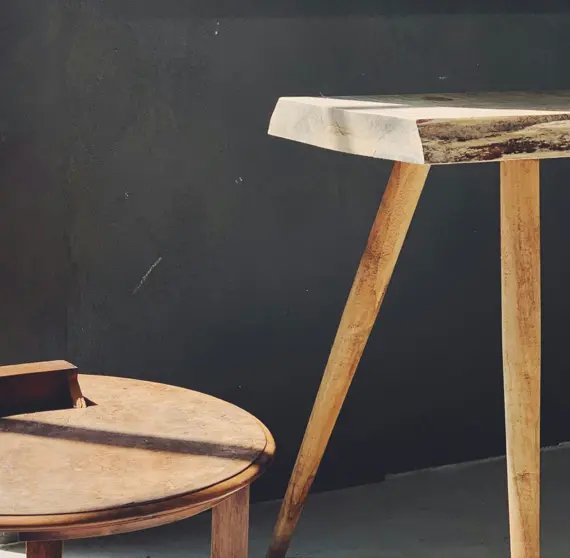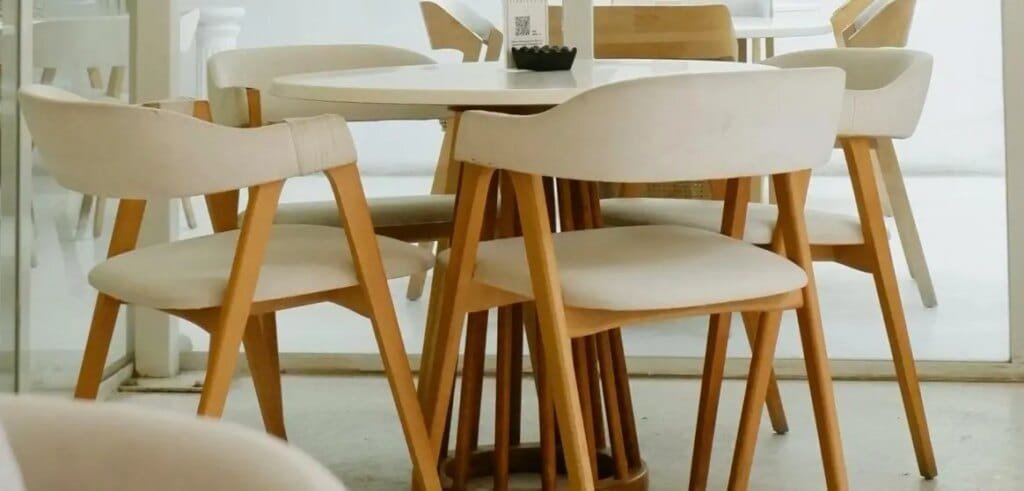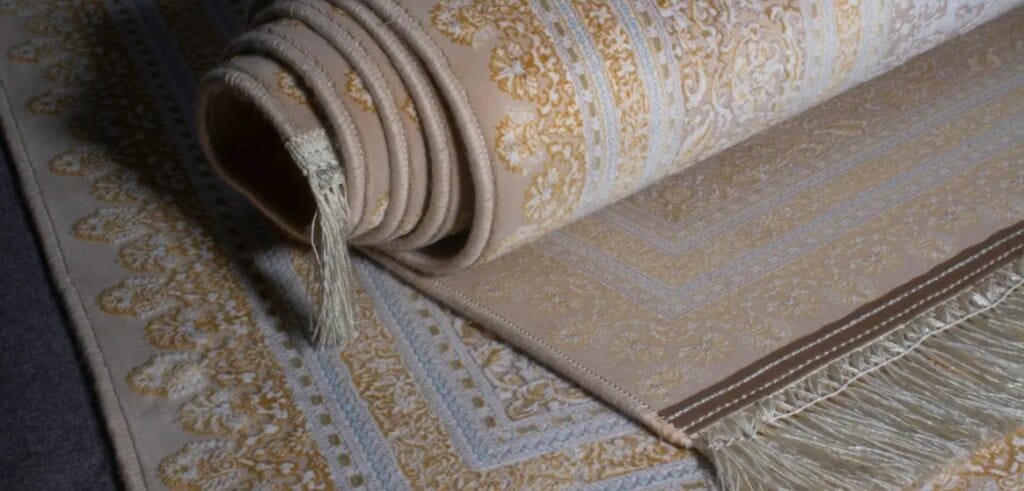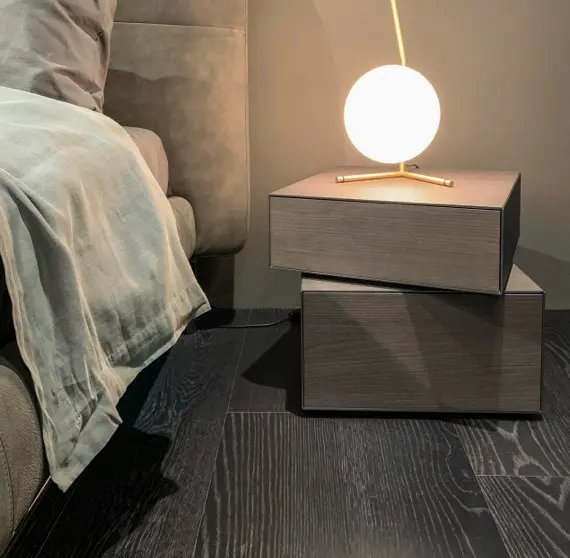It is in the Draa Valley ، in Morocco ، about twenty kilometers from Zagora that the small town of Tamegroute is located. It is ، originally ، renowned for its library which houses works dating ، for the oldest ، from the 11th century ، calligraphy in walnut stain ، saffron ، henna or gold on skin skin parchments .
This city is also home to potters’ workshops whose objects in incredible shades of green are the admiration of crafts and decoration enthusiasts. These workshops are among the oldest in Morocco (they have existed since the 16th century). The pottery of Tamegroute is specific to this single city and is recognizable among a thousand. It is a local artisanal production whose ancestral techniques have not changed until now. These families of craftsmen, by passing on these traditions and this heritage, preciously guard this know-how, these secret recipes and ingredients.

The clay used by the potters comes from the surrounding area. Extracted from underground galleries, it is trampled on in order to be worked. Once turned, in bowls, salad bowls, pots, jugs, plates, decorative tiles, it is put to dry in the sun.
It is an alloy of manganese (contained in kohl), copper oxide and barley flour that gives Tamegroute pottery enamel such a rich palette ranging from pine green to olive green. Without the addition of copper, artisans obtain a brown / ocher enamel.
Once the objects are covered with this paste, they are smothered in stone ovens. The mixture of dry herbs, wood and palm leaves gives off a thick black smoke.
The result is a thick, rustic, authentic pottery with rich and deep shades of green and a rugged surface, with drips, drops, ripples. It is all these imperfections that we appreciate in these dishes from southern Morocco.















